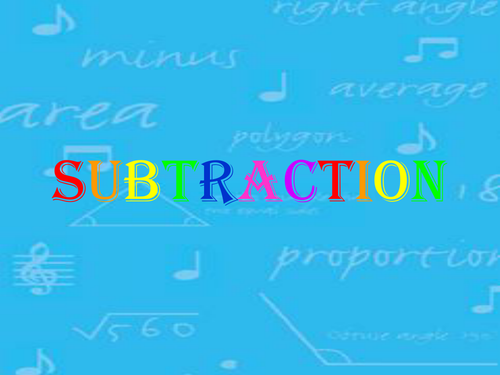Number: Addition and subtraction
Knowledge of addition and subtraction is built on the foundation of a solid understanding of number and place value. As such, pupils will work with numbers that increase in size in line with the corresponding number and place value chapters.
In these chapters, pupils will read, write and interpret mathematical statements involving addition and subtraction. They will be able to write the family of calculations for a given mathematical statement, as well as recognise the inverse relationship between addition and subtraction, and use this to check calculations and solve missing number problems.
Pupils will add and subtract numbers of increasing value and use formal column procedures to tackle addition and subtraction problems. However, it is more important that time be spent exploring meaning (ie, of the different symbols) before introducing formal methods.
Ultimately, pupils will be able to solve complex, multi-step problems involving addition and subtraction and, in learning to do so, develop their knowledge of number bonds by partitioning numbers.
Throughout this learning journey, it is vital that pupils build their understanding of addition and subtraction using varied concrete and pictorial representations. They should use these representations to reason and explain answers to problems.
Mental methods should be encouraged at all opportunities so that pupils do not become overly reliant on formal methods, which are not always the most efficient way to solve a problem.






